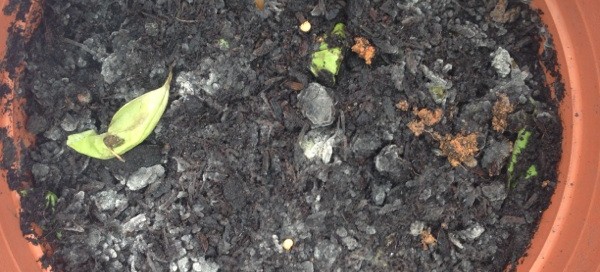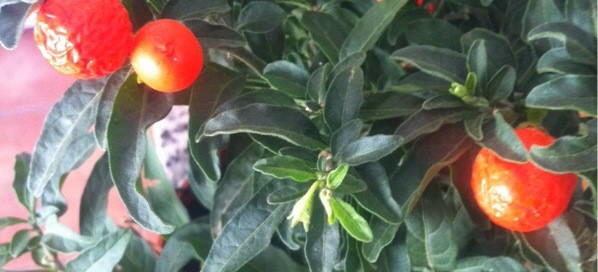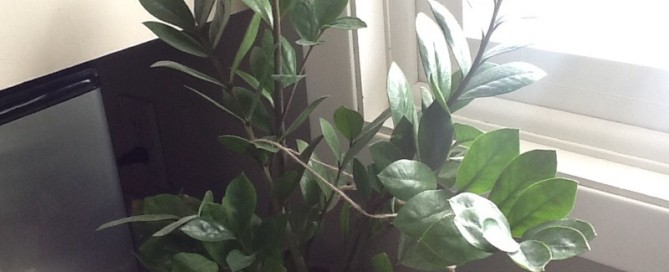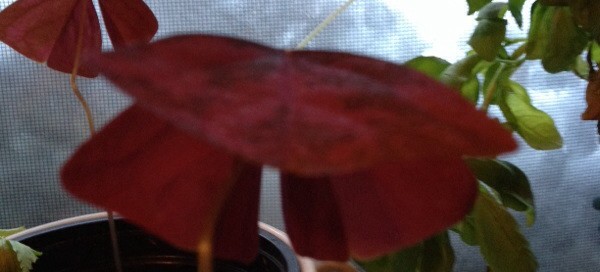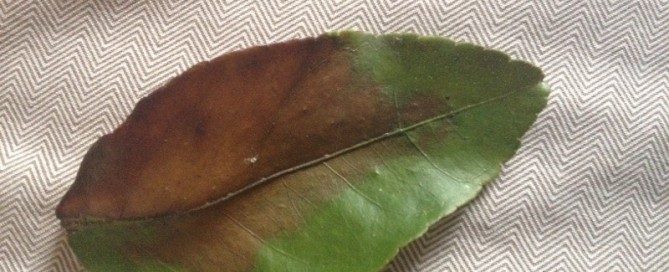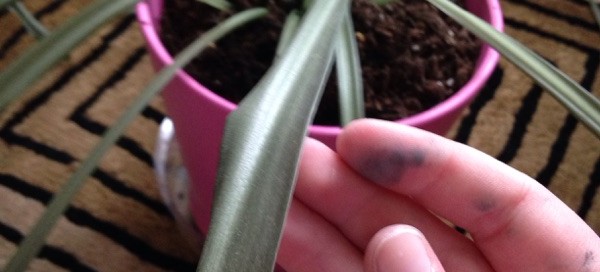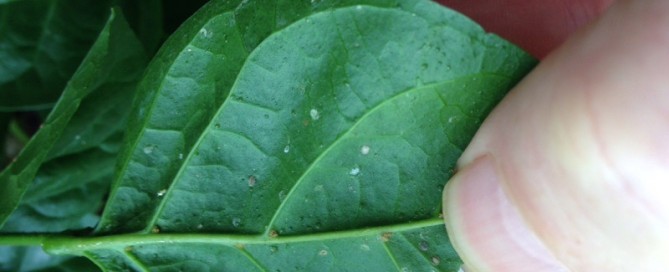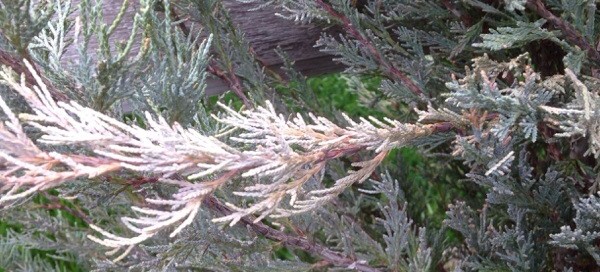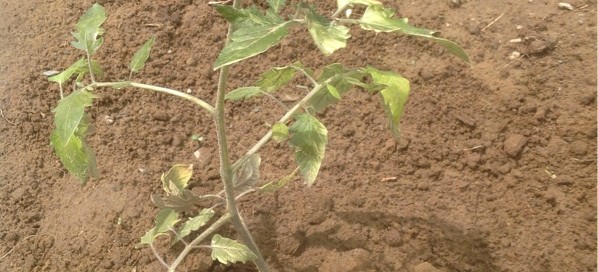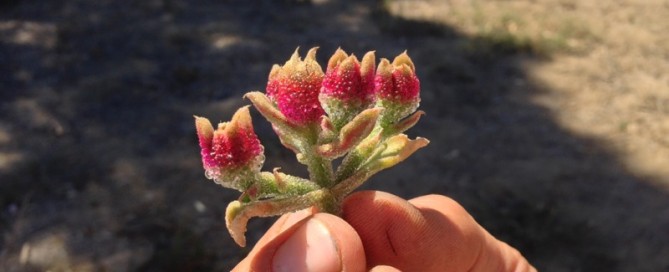Soil Conditions
Hard to say for sure but it may be excess salts (either from water or fertilizers), or it could be a mold growing in the organic matter, and finally it could be a sign of an insect called mealybug (or root mealy bug), but we doubt its the bug. Leaching the soil (running water thru it until you don't see the white stuff after the soil dries) will help remove salts, however, if its a fungus you'll want to get rid of it, and the easiest way to do that is to replace the soil and clean/scrub out the pot with bleach water before you use it again. To avoid this in future, avoid overwatering and move any empty pots or open bags of potting soil out of the elements to help keep it dry.
http://homeguides.sfgate.com/dustylooking-mold-soil-houseplants-41109.html
.
